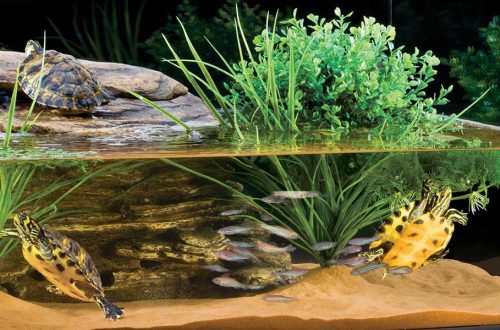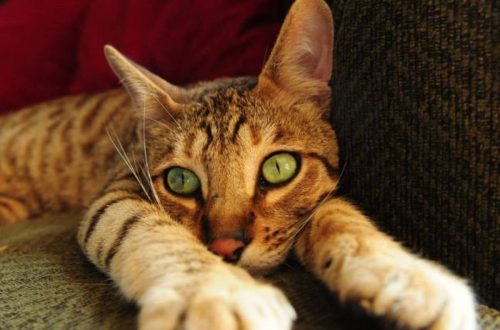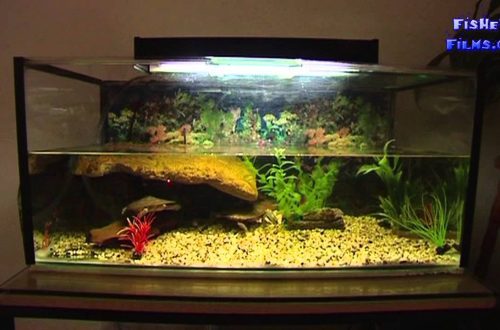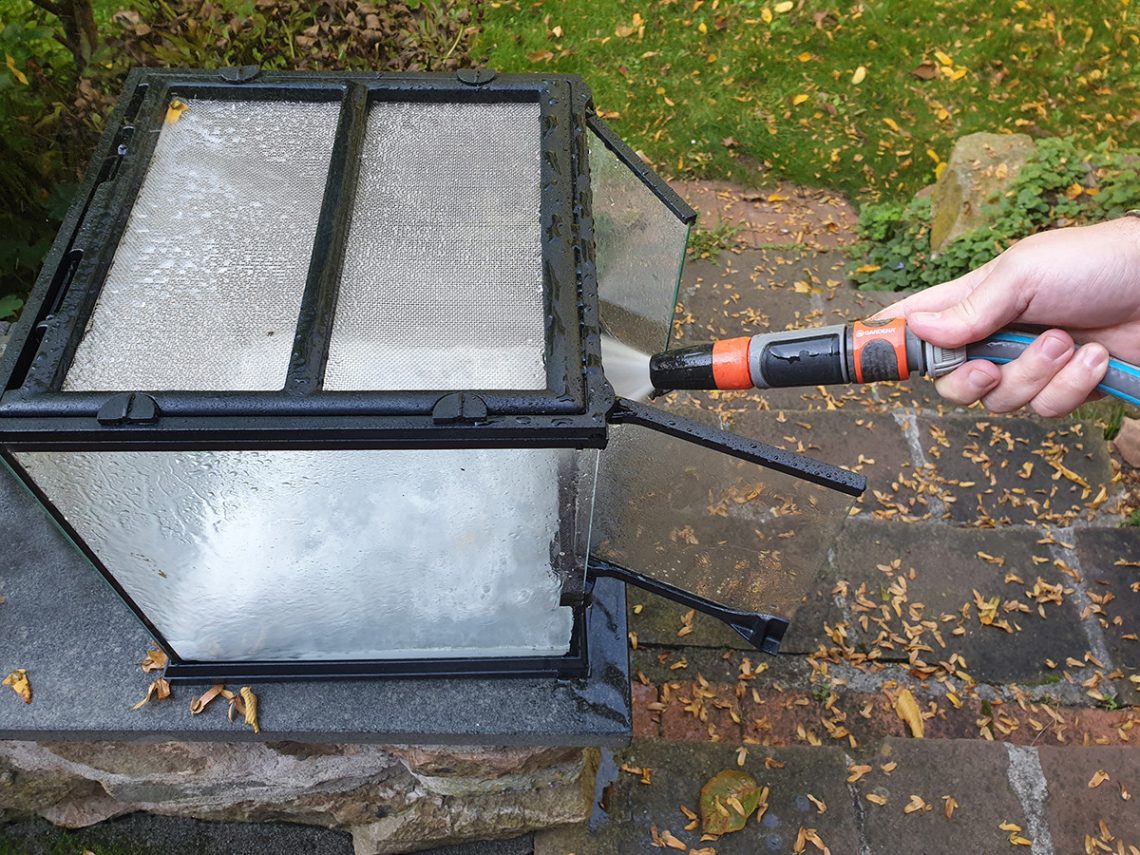
Disinfection na disinsection ya terrariums

Ukurasa wa 1 kutoka 3
In what cases is the processing of terrariums and equipment in them carried out?
– before settling a new turtle; – after the death of the turtle; – during the illness of the turtle, placing the sick turtle in the sump; – for prevention.
How are terrariums and equipment disinfected?
| Terrarium processing | When introducing a new animal | When transferring from one volume to another | Katika hali ya ugonjwa | In case of death |
| Irradiation with germicidal lamps | 1 hour from a distance of 1 m | 1 hour from a distance of 1 m | 2 hours from distance 0.5-1 m | 2 hours from distance 0.5-1 m |
| kuosha | suluhisho la sabuni | suluhisho la sabuni | suluhisho la sabuni | suluhisho la sabuni |
| Treatment with 1% chloramine solution | Inahitajika | Inahitajika | Mandatory + possible to use 10% bleach solution | Mandatory + possible to use 10% bleach solution |
| Washing after chloramine | Baada ya dakika 30. | Baada ya dakika 30. | In 1-2 hours | In 1-2 hours |
| Ground | New | Move by processing. or new | Msaada | Ondoa |
| Animal secretions, food debris, molting, etc. | hakuna | Tupa mbali | Placed in a bucket, cover with bleach for 1 hour, or with a 10% solution for 2 hours. After liquidate | Placed in a bucket, cover with bleach for 1 hour, or with a 10% solution for 2 hours. After liquidate |
| Drinkers, inventory, tools, decorations, etc. | New | Moved with the animal, pre-treated – rinse or boil | For a day in a 1% solution of chloramine, then rinse | For a day in a 1% solution of chloramine, then rinse |
Detergents should be well weathered, easily washed out, not absorbed into the walls of the terrarium and relatively safe for others. In any sanitation, a number of the following general and particular provisions should be taken into account. The inventory used for disinfection is similar to the inventory for daily cleaning. Processing of terrariums is strictly individual. Animal pens for animals, before each landing of a new specimen, should be washed with a 1% solution of chloramine or irradiated with a bactericidal lamp. In all manipulations with the animal, the pens must be cleaned, even if disinfection is not performed, to avoid contact with an undesirable bacterial environment. After each treatment, the dishes for the chloramine solution are washed and filled with a new solution; this rule should be strictly followed when disinfecting the terrariums of sick or dead animals. When an animal is sick, the terrarium is washed daily, and complete disinfection is carried out at least once a week. For chemical treatment, a 1% solution of chloramine (monochloramine) or a 10% solution of bleach is used. These preparations can be purchased at pharmacies or hardware stores, they are easily washed off and weathered, which makes them easier to work with. The main thing, after processing, is to thoroughly wash and ventilate the terrarium, otherwise these chemically active substances can cause external and internal burns in animals (through the respiratory tract).
Terrarium disinfectants
Chloramine
Softer disinfectants are Virkon-C and chlorhexidine. The first is produced by KRKA specifically for the processing of equipment and implements used in animal husbandry and poultry farming. The product has proven itself as a disinfectant for aquariums and aquarium equipment, it is also suitable for use in terrariums.
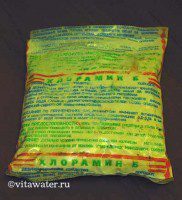
Virkon S
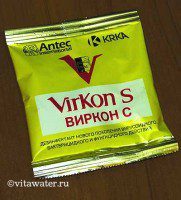
Chlorhexidine
– antiseptic and disinfectant. Depending on the concentration used, it exhibits both bacteriostatic and bactericidal action. The bacteriological effect of both aqueous and alcoholic working solutions is manifested in a concentration of 0.01% or less; bactericidal – at a concentration of more than 0.01% at a temperature of 22 ° C and exposure for 1 min. Fungicidal action – and at a concentration of 0.05%, at a temperature of 22 ° C and exposure to 10 minutes. Virucidal action – manifests itself at a concentration of 0.01-1%.
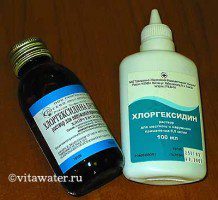
Alaminol The drug has bactericidal, tuberculocidal, virucidal, fungicidal properties with a pronounced washing effect.
Septemba Disinfectant in powder form.
ZooSan It is a detergent, disinfectant, which includes the latest biopag disinfectant plus a unique odor eliminator. There are two versions of ZooSan – a household series (0,5 l bottle with a trigger) and a professional series (1 l, 5 l, 25 l, odor eliminator is not included in the composition). The household series is ready for quick use in rooms for keeping 1-3 animals, the professional series is a 100% concentrate and is intended for use in nurseries and fur farms.
When working with chemicals, it is necessary to use rubber gloves, which after work are easily processed similarly to other equipment. Hands should be washed with 0.5% chloramine solution and then washed with soap. Hands must be processed after each contact with a sick animal, and even more so after cleaning the terrarium of a deceased pet.
For bactericidal irradiation, household bactericidal irradiators (OBB-92U, OBN-75, etc.) are used, the maximum radiation of which falls on the UVC range. After irradiation, the room is ventilated to reduce the concentration of ozone, the excess of which can cause burns to the respiratory tract of people and animals. When irradiating a terrarium in a room where other animals are kept, ventilation of all volumes should be closed and opened after general ventilation of the room. Such manipulations are also necessary for preventive disinfection of the premises with a bactericidal lamp, if any. It is unacceptable to hit the rays of a bactericidal lamp on an animal, this leads to burns to the skin and eyes, and sometimes simply to the death of the ward.
© 2005 - 2022 Turtles.ru



